An extensive review of tips and examples to use when designing a new product with magnets and make use of all their properties without their drawbacks. Other alternatives to magnets will also be listed.
Please add/comment on the right
Magnet Design Benefits
example of a speed game
example of steal protection
example of tile opening
Magnet Theory and Selection
No big physics here, but basic facts that should be known when selecting a magnet in a product design
- attraction force & distance
- shape:
- duration:
- price
- resistance:
- against shock: very brittle
- against corrosion: good if the outer layer is coated and perfectly intact. Can be very poor if the magnet touches another metal (often the case!) and creates some galvanic corrosion with humidity
Magnet Drawbacks
- costly if big or if made to order in small volumes
- not super eco-friendly (rare metals, mix of metals, hard to separate intact when recycling)
- fragile
- force decreasing over time (depending on conditions)
- heavy (metal on the two sides)
Magnet Alternatives
The “specs” of the magnet function to be replaced:
can attach or fix temporary another part, without any additional tool
(the “through walls” or “from a close distance” is not an option here, which only the magnet permits)
| Pros | Cons | |
| velcro |
|
|
metal clips | hard to design user and visually friendly | |
plastic clips | cheap (if high volume to amortize the mold invest) |
|
latches / strap in | takes space | |
sticky paste or other temporary glues | would you reliably design with that? |
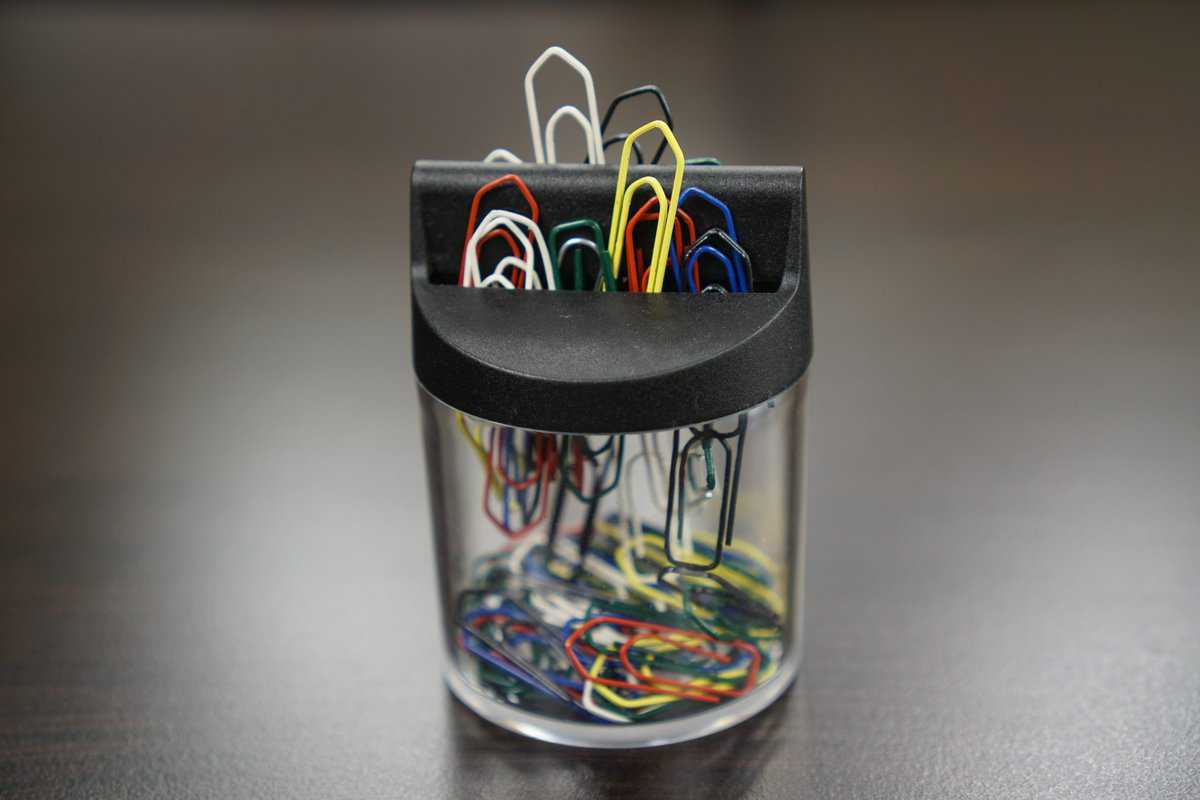

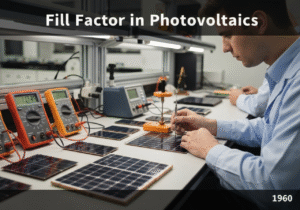
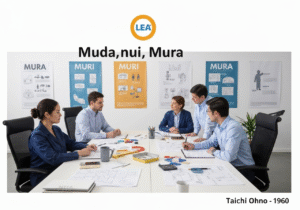



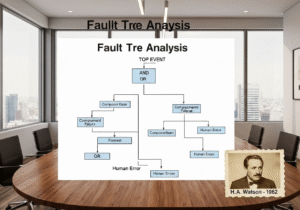




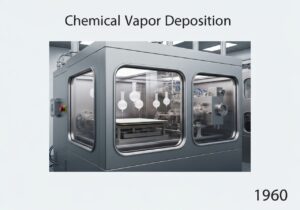



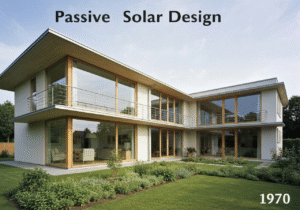










Interesting read! But are magnets really the best design choice, considering the potential electronic interference? Curious to hear thoughts.
Electronic interference? Ever heard of shielding? Magnets are the future, period.
Indeed, but isnt your computer also made from mined materials? Hypocrisy much?
Interesting points on magnet design, but arent there potential health risks with prolonged exposure? Any thoughts on this aspect?